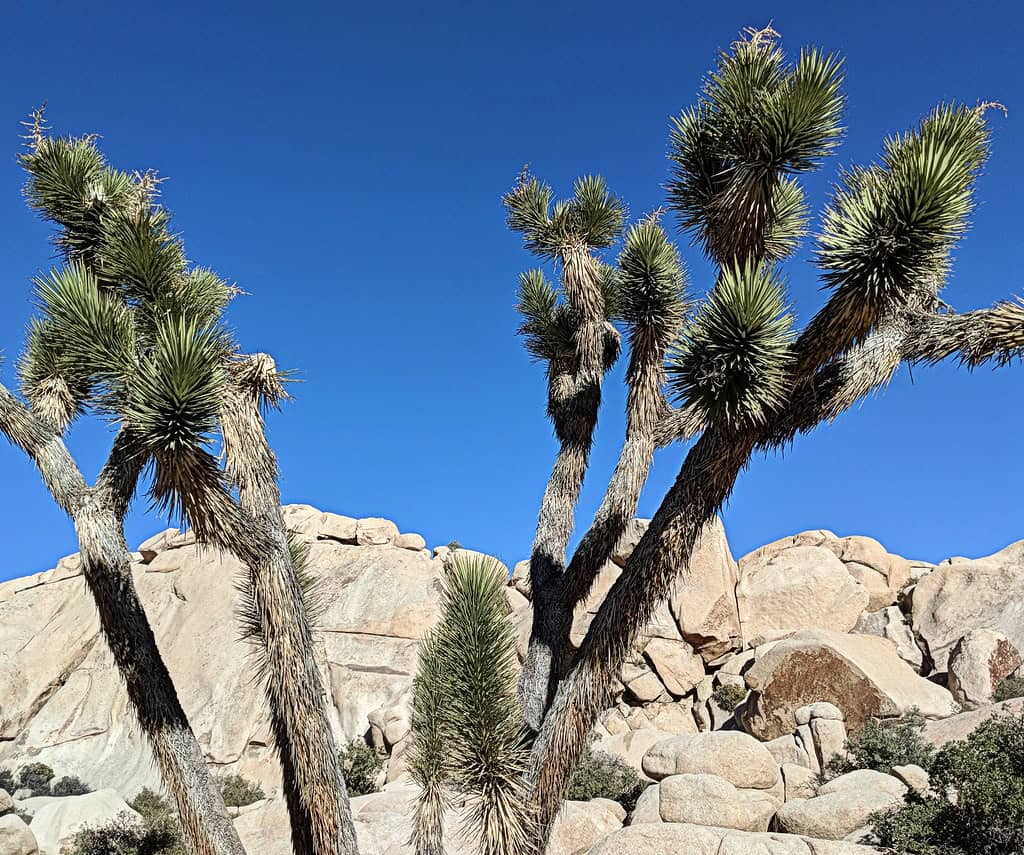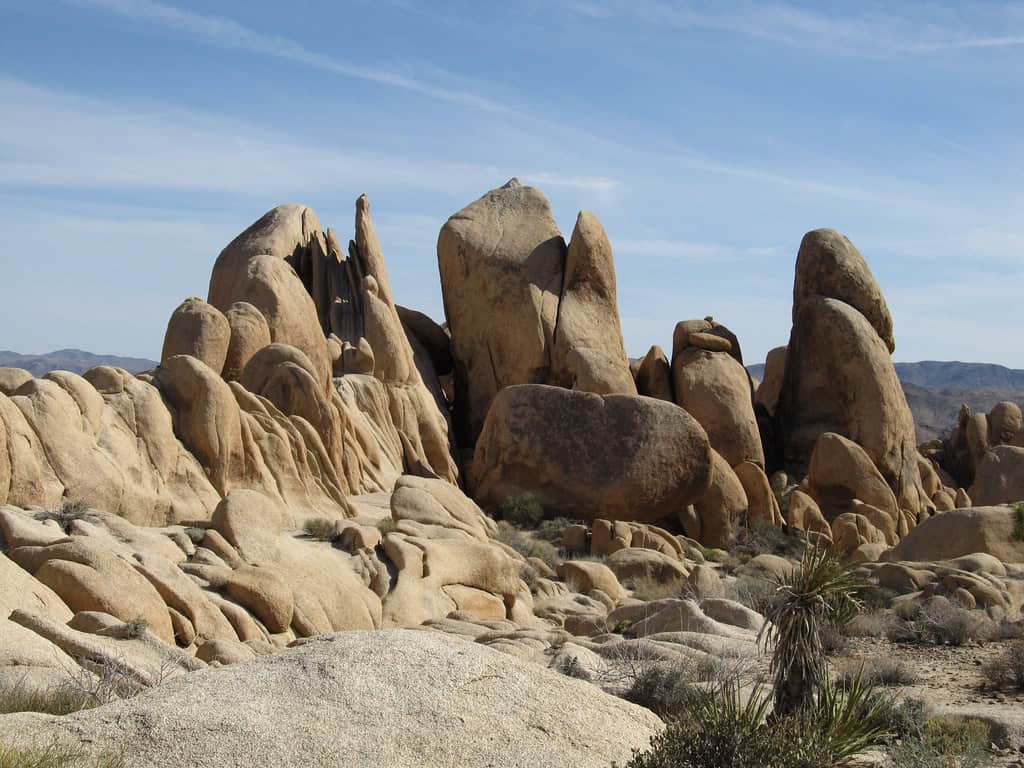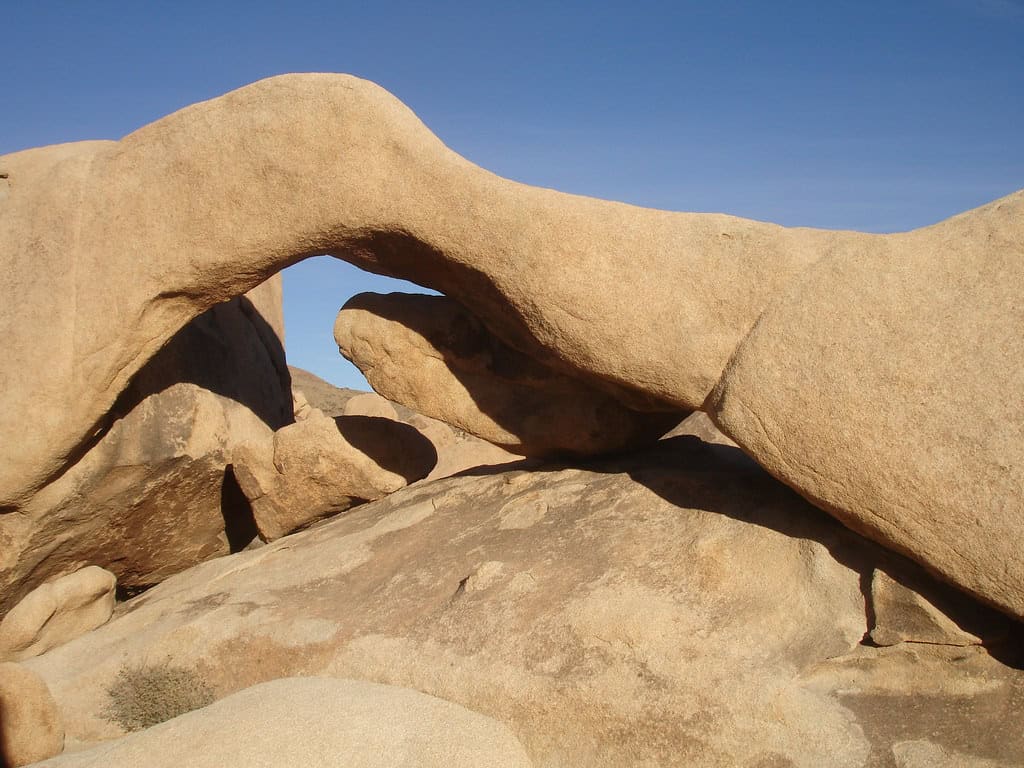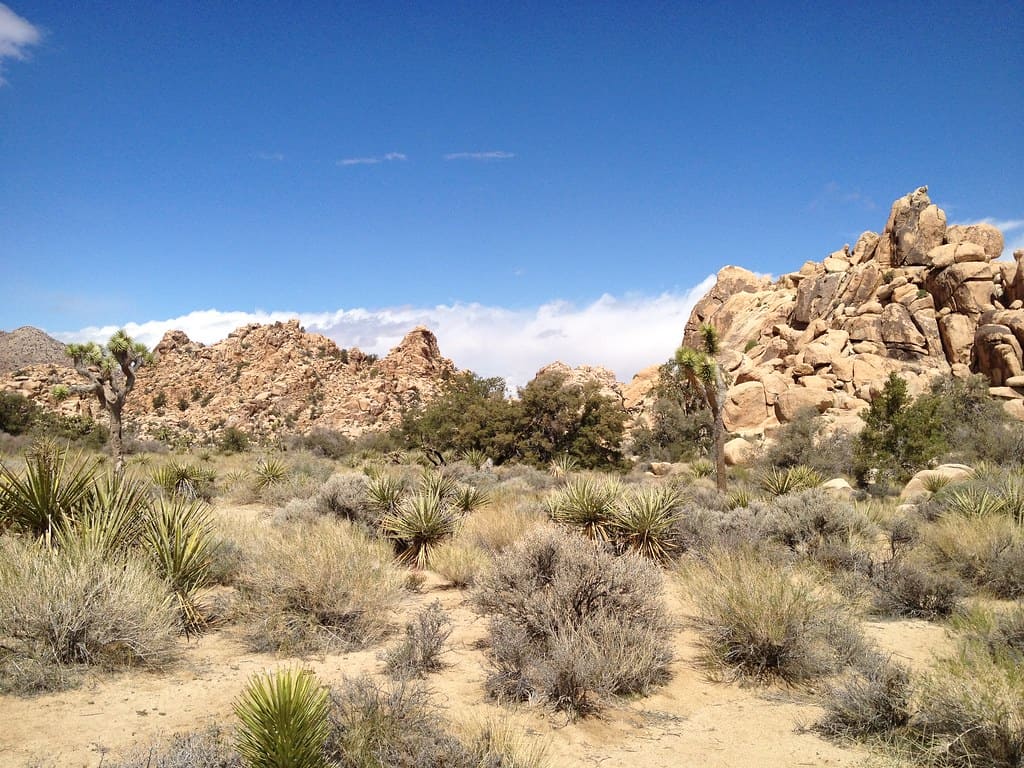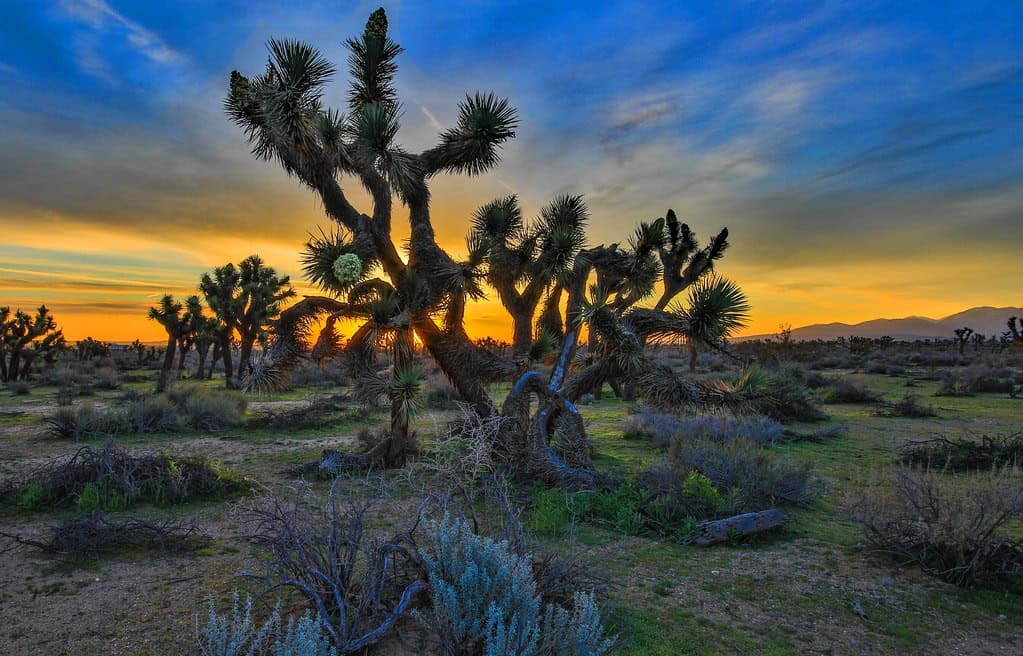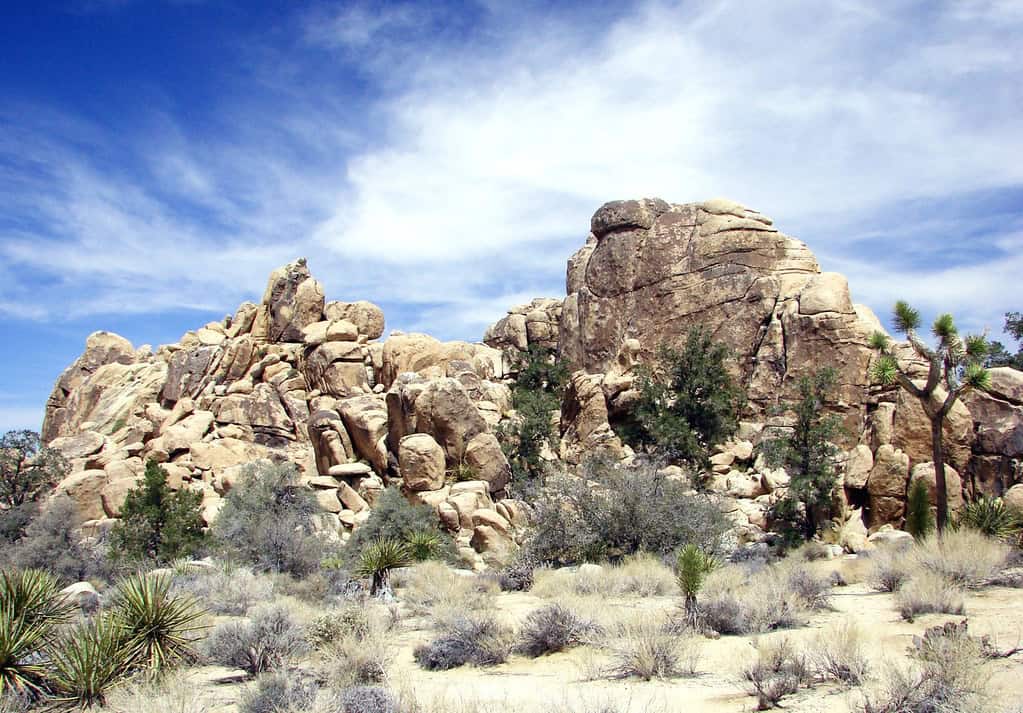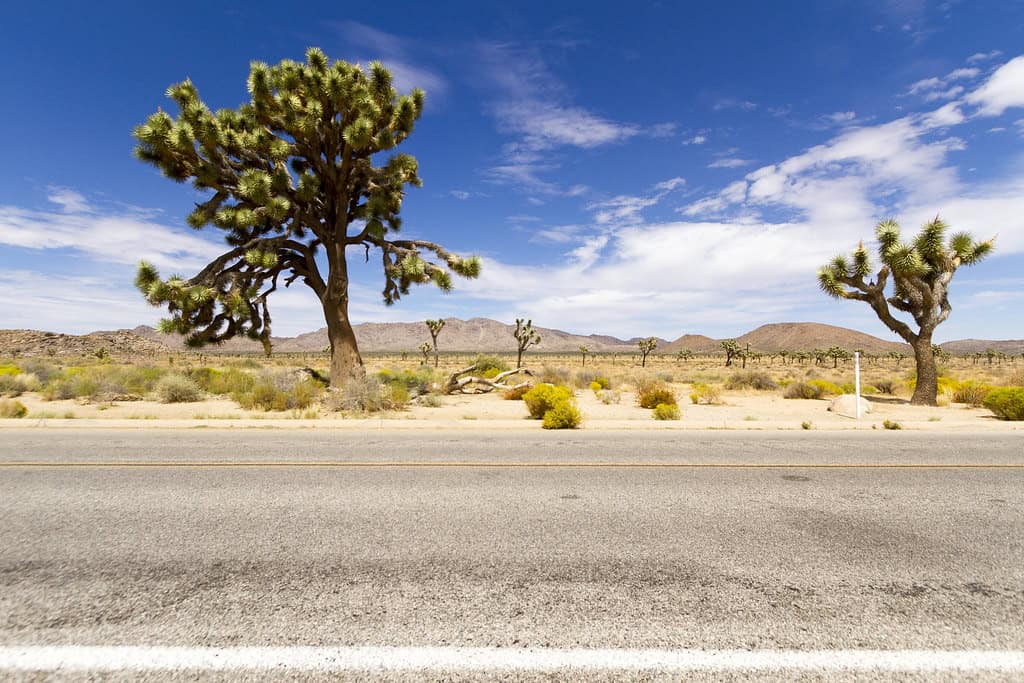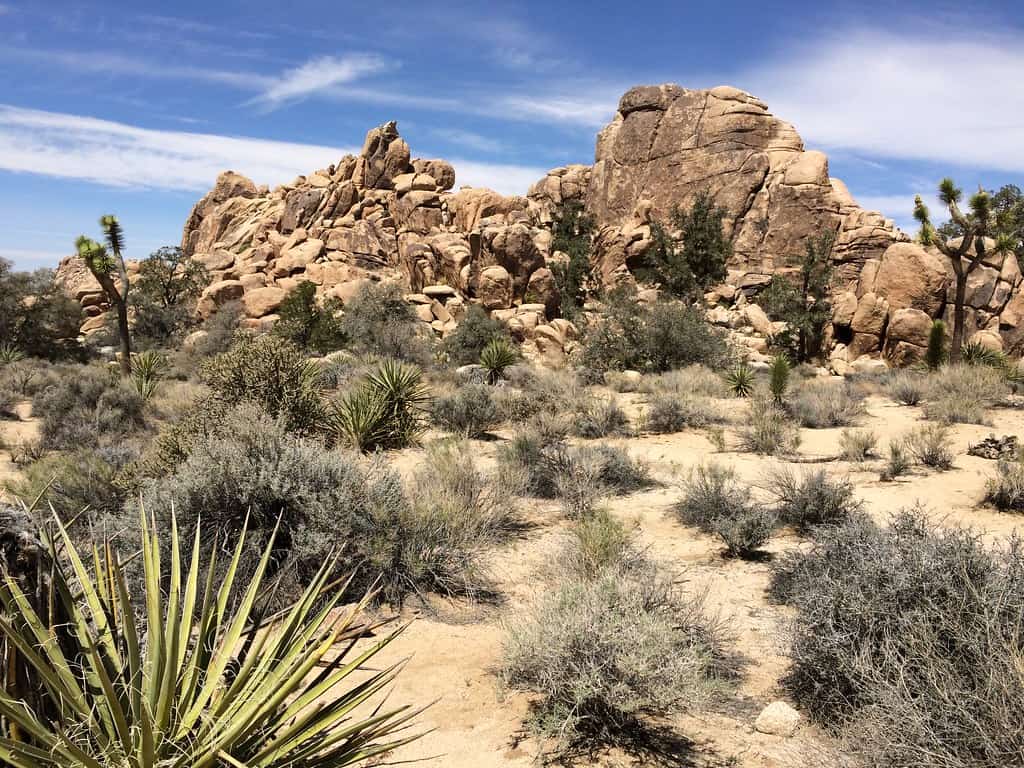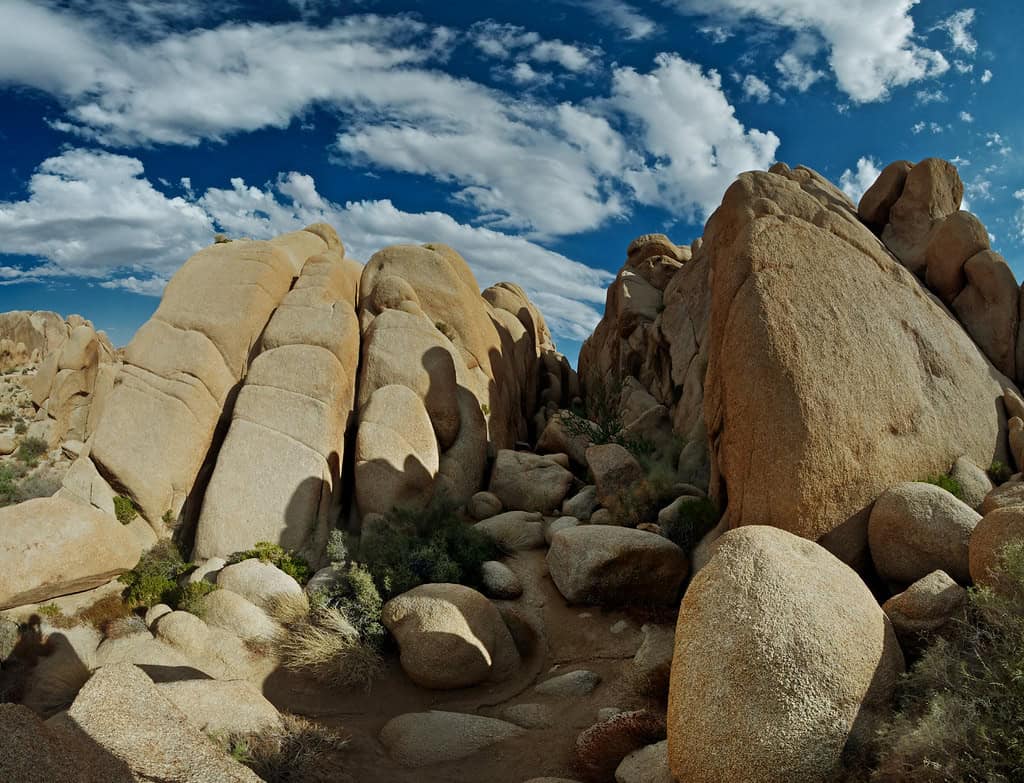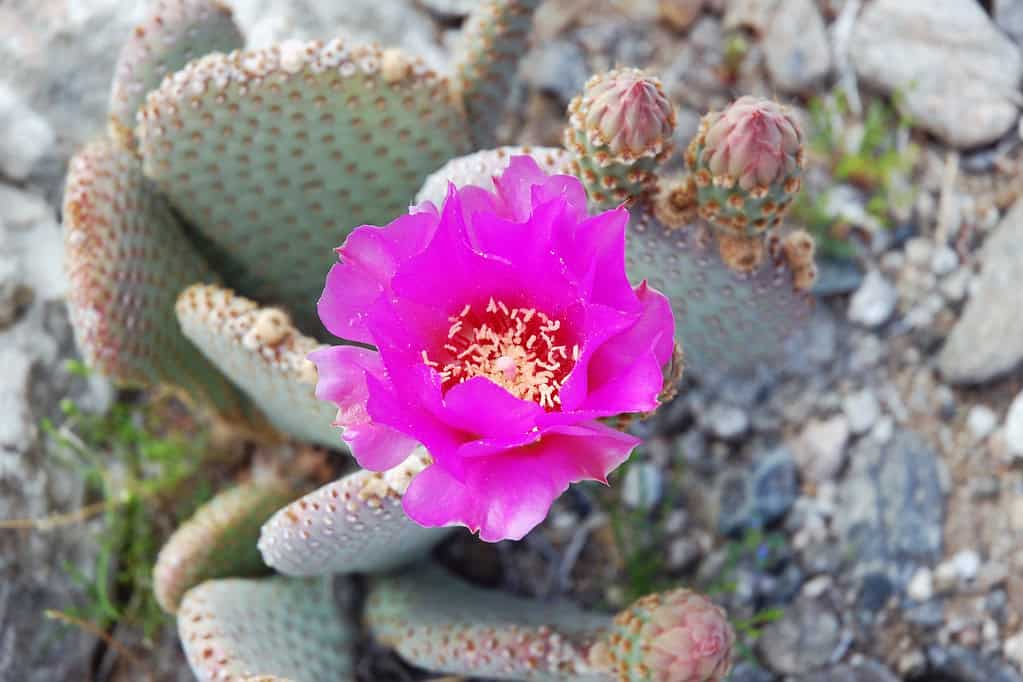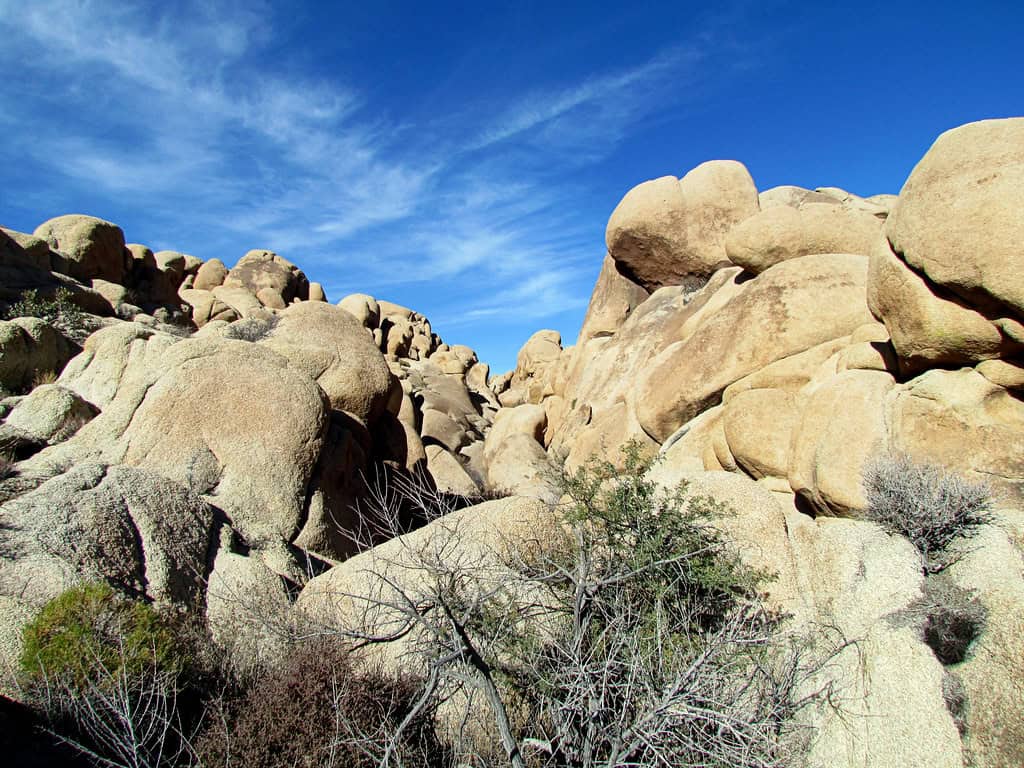
Joshua Tree National Park, located in southeastern California, is a haven for nature enthusiasts, adventurers, and those seeking solace in the beauty of the desert. Named after the unique Joshua trees (Yucca brevifolia) that are scattered throughout the park, this national treasure offers an array of activities and experiences that cater to diverse interests. From hiking and rock climbing to stargazing and photography, there is something for everyone in this rugged and scenic landscape. Here’s a comprehensive guide to making the most of your visit to Joshua Tree National Park.
1. Introduction to Joshua Tree National Park
Joshua Tree National Park spans nearly 800,000 acres and encompasses two distinct desert ecosystems: the Mojave Desert and the Colorado Desert. The park is famous for its breathtaking landscapes, distinctive Joshua trees, and a wide variety of flora and fauna. The park’s unique geological formations, vast wilderness areas, and rich cultural history make it a fascinating destination.
2. Essential Visitor Information
Getting There
Joshua Tree National Park is accessible by car, with three main entrances:
- West Entrance: Located near the town of Joshua Tree.
- North Entrance: Located near Twentynine Palms.
- South Entrance: Located near Cottonwood Springs Road, off Interstate 10.
Best Time to Visit
While the park is open year-round, the best times to visit are in the spring (March to May) and fall (October to November) when temperatures are mild. Summers can be extremely hot, while winters are cooler but still pleasant for outdoor activities.
Entrance Fees
As of 2024, the entrance fees are:
- $30 per vehicle (valid for 7 days)
- $25 per motorcycle (valid for 7 days)
- $15 per individual (walk-in or bicycle, valid for 7 days) Annual passes and senior passes are also available.
3. Must-See Attractions
Joshua Trees
The iconic Joshua trees are a must-see. These unique trees are found primarily in the Mojave Desert section of the park. The best places to see them include:
- Hidden Valley
- Keys View
- Barker Dam
Rock Formations
Joshua Tree National Park is renowned for its stunning rock formations, perfect for both casual observers and rock climbers. Notable formations include:
- Skull Rock: Easily accessible and shaped like a human skull.
- Arch Rock: A beautiful natural arch, perfect for photographs.
- Cap Rock: A popular spot for rock climbing and picnicking.
Keys View
For panoramic vistas of the Coachella Valley and Salton Sea, Keys View is the place to be. On clear days, you can even see Mexico’s Signal Mountain.
Barker Dam
This historic dam, built by early cattle ranchers, offers a short and scenic hike that leads to a small reservoir. It’s an excellent spot for birdwatching and photography.
Cholla Cactus Garden
Located in the transition zone between the Mojave and Colorado Deserts, this garden showcases a dense concentration of cholla cacti. It’s especially stunning during sunrise and sunset.
Hidden Valley
A popular spot for both hiking and rock climbing, Hidden Valley offers a one-mile loop trail through a scenic area filled with large boulders and Joshua trees.
4. Hiking Trails
Joshua Tree National Park boasts an extensive network of hiking trails, ranging from easy walks to challenging treks. Here are some recommended trails:
Easy Trails
- Hidden Valley: 1-mile loop, suitable for all ages and skill levels.
- Barker Dam: 1.3-mile loop, featuring a mix of historical and natural attractions.
- Arch Rock Nature Trail: 0.5-mile loop, perfect for families and photography enthusiasts.
Moderate Trails
- Ryan Mountain: 3 miles round trip, offering spectacular views from the summit.
- Lost Horse Mine: 4 miles round trip, leading to an old gold mine.
- Mastodon Peak: 3 miles round trip, providing panoramic views and an exploration of old mining ruins.
Strenuous Trails
- Boy Scout Trail: 8 miles one way, popular for backpacking and offering diverse desert scenery.
- Panorama Loop: 6.6 miles round trip, providing stunning vistas of the surrounding desert.
- Fortynine Palms Oasis: 3 miles round trip, leading to a hidden oasis with fan palms.
5. Rock Climbing and Bouldering
Joshua Tree National Park is a world-renowned rock climbing destination, with over 8,000 climbing routes. The park’s granite monoliths and boulders provide a variety of climbing opportunities for all skill levels. Popular climbing areas include:
- Hidden Valley
- Echo Cove
- Intersection Rock
- Quail Springs
Safety Tips
- Always climb with a partner.
- Check weather conditions before heading out.
- Carry plenty of water and wear appropriate gear.
- Be mindful of park regulations and closures.
6. Camping in Joshua Tree
Camping is a fantastic way to experience the beauty of Joshua Tree National Park. The park offers several campgrounds, each with its own unique charm. Popular campgrounds include:
- Jumbo Rocks Campground: Known for its proximity to fascinating rock formations.
- Hidden Valley Campground: A favorite among climbers.
- Black Rock Campground: Located near the park’s northern boundary, ideal for stargazing.
Reservations and Fees
Some campgrounds require reservations, especially during peak seasons. It’s advisable to book in advance through the National Park Service website. Fees vary by campground and season.
7. Stargazing
Joshua Tree National Park is one of the best places in Southern California for stargazing, thanks to its dark skies and clear conditions. The lack of light pollution allows for stunning views of the Milky Way, planets, and meteor showers. Ideal stargazing spots include:
- Sky’s The Limit Observatory: Near the north entrance, offering public programs and star parties.
- Cap Rock: Known for its wide-open sky views.
- Cottonwood Campground: A great location in the southeastern part of the park.
8. Wildlife Viewing
Despite its arid environment, Joshua Tree National Park is home to a variety of wildlife. Visitors may encounter:
- Desert Tortoises: Usually seen in spring and early summer.
- Bighorn Sheep: Often spotted in rocky areas and near water sources.
- Birds: Including roadrunners, hawks, and golden eagles.
- Reptiles: Such as rattlesnakes, lizards, and geckos.
Wildlife Viewing Tips
- Observe animals from a distance.
- Do not feed or disturb wildlife.
- Be aware of your surroundings and watch for snakes.
- Early morning and late afternoon are the best times for wildlife viewing.
9. Photography
Joshua Tree National Park offers countless opportunities for photographers, from sweeping landscapes to close-ups of unique plant life. Some of the best photography spots include:
- Keys View: For panoramic shots of the Coachella Valley.
- Cholla Cactus Garden: Best at sunrise or sunset.
- Arch Rock: Perfect for night photography and capturing the Milky Way.
Photography Tips
- Use a tripod for stability, especially for night shots.
- Experiment with different times of day for varied lighting.
- Respect the environment and stay on designated trails.
10. Cultural and Historical Sites
Keys Ranch
Keys Ranch is a historic site that offers guided tours showcasing the life of early settlers. The ranch includes a house, schoolhouse, and workshop, providing a glimpse into the park’s human history.
Indian Cove
This area has historical significance with remnants of Native American habitation. Visitors can find ancient petroglyphs and grinding stones used by the indigenous people.
Oasis of Mara
Located near the park’s north entrance in Twentynine Palms, this oasis has been a vital water source for centuries. It’s also a great spot for birdwatching and learning about the region’s history.
11. Tips for Visiting
Stay Hydrated
The desert environment can be harsh, especially in summer. Always carry plenty of water and drink regularly.
Dress Appropriately
Wear lightweight, breathable clothing in the summer, and layers in the cooler months. A wide-brimmed hat and sunscreen are essential.
Leave No Trace
Respect the park’s natural beauty by following the Leave No Trace principles. Pack out all trash, stay on designated trails, and avoid disturbing wildlife.
Prepare for Emergencies
Cell service is limited in the park. Carry a map, first aid kit, and inform someone of your plans before heading out.
12. Nearby Attractions
Pioneertown
Just a short drive from the park, Pioneertown is a unique old-western-style town built in the 1940s as a movie set. Today, it’s a fun place to explore, with shops, restaurants, and live music at Pappy & Harriet’s Pioneertown Palace.
Big Morongo Canyon Preserve
Located near the town of Morongo Valley, this preserve offers hiking trails and excellent birdwatching opportunities in a lush desert oasis.
Desert Hot Springs
Famous for its natural hot springs, this nearby town provides a relaxing escape with numerous spa resorts.
Joshua Tree National Park is a place of awe-inspiring beauty and endless adventure. Whether you’re hiking through stunning landscapes, climbing iconic rock formations, or simply soaking in the serenity of the desert, Joshua Tree offers a unique and unforgettable experience. By planning ahead and respecting the park’s natural and cultural resources, you can ensure a safe and enjoyable visit, leaving with memories that will last a lifetime.
